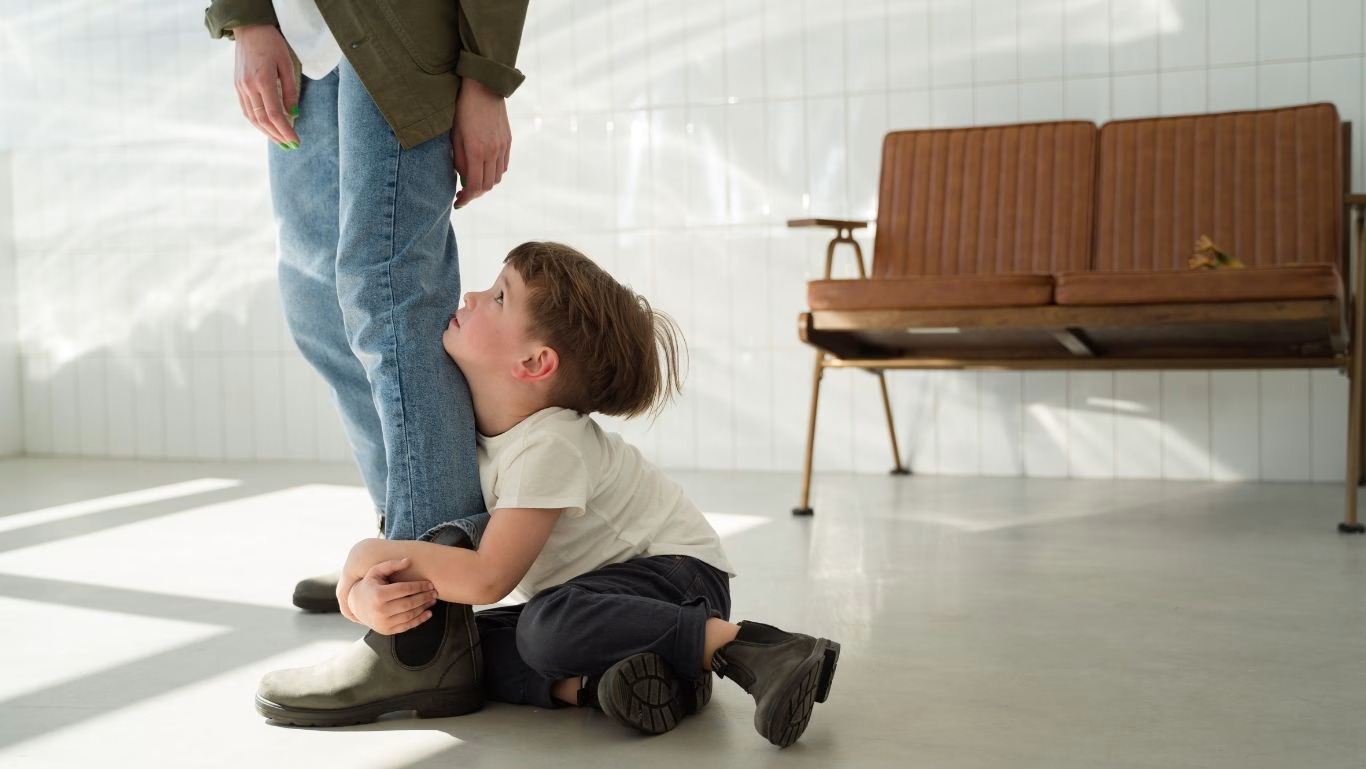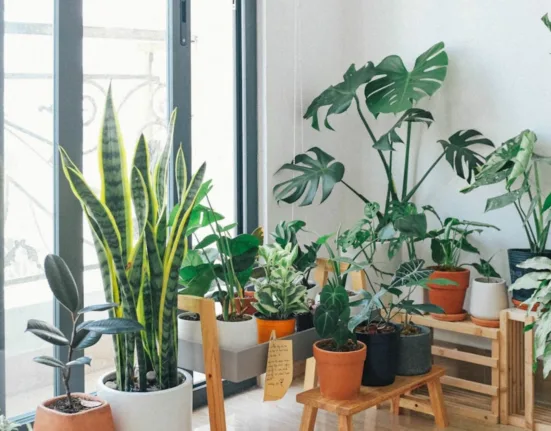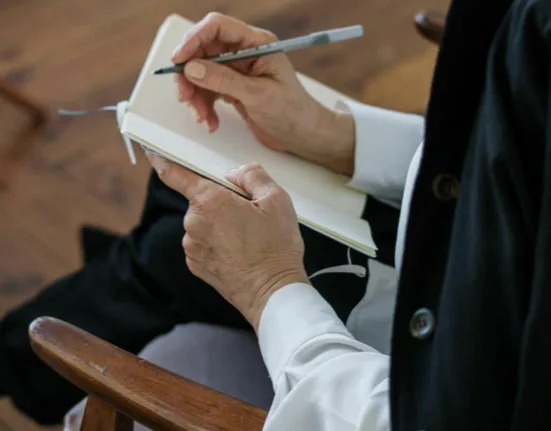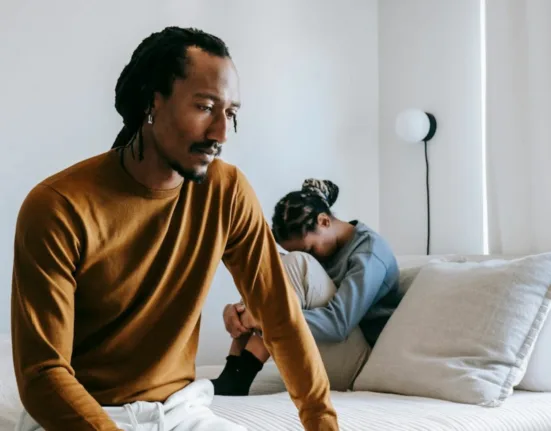Have you ever wondered why some relationships feel calm and secure while others feel like a constant chase? The answer often lies in something called attachment styles — the subconscious patterns that define how we connect, trust, and love.
Your attachment style influences the way you communicate, express emotions, handle conflict, and even how you choose your partners. Understanding it can completely transform your love life — and help you build deeper, more secure connections.
What are attachment styles?
Attachment styles are emotional patterns formed in childhood based on how our caregivers responded to our needs. These early experiences create internal “maps” for love and safety — and we carry them into adulthood.
There are four main attachment styles:
- Secure Attachment
- Anxious Attachment
- Dismissive-Avoidant Attachment
- Fearful-Avoidant Attachment


Let’s explore how each one shows up in relationships — and how you can start healing yours.
American Association for Marriage and Family Therapy: https://pubmed.ncbi.nlm.nih.gov/33844320/
1. Secure attachment: The foundation of healthy love
What it is:
People with a secure attachment style are comfortable with closeness and independence. They trust their partners, communicate openly, and can manage emotional ups and downs without losing balance.
In relationships:
A securely attached person doesn’t panic when their partner needs space or reassurance. They’re grounded, consistent, and emotionally available — the kind of partner who makes love feel safe and easy.
How to become secure:
Seek therapy or self-awareness work to heal old wounds.
Practice honest, direct communication.
Learn emotional regulation instead of reacting impulsively.
Surround yourself with emotionally healthy people.
More: Decisions made from fear vs. love
2. Anxious attachment: The “Do you still love me?”
What it is:
Anxious attachment develops when love is felt to be inconsistent or unpredictable. These individuals crave closeness but fear rejection or abandonment.
In relationships:
Someone with an anxious attachment style often overthinks, needs constant reassurance, and worries about their partner’s love. They might text repeatedly, analyze tone changes, or feel uneasy if their partner pulls away — not because they’re needy, but because love once felt unsafe.
How to heal anxious attachment:
- Learn to self-soothe before seeking reassurance.
- Write down fears instead of reacting from them.
- Choose emotionally consistent partners.
- Practice affirmations like “I am safe in love.”
More: How to heal anxious attachment style?
3. Dismissive-Avoidant attachment: The lone wolf
What it is:
People with a dismissive-avoidant attachment style value independence above all else. They learned early that vulnerability equals weakness, so they protect themselves by staying emotionally distant.
In relationships:
They might seem self-sufficient or emotionally detached. When intimacy grows, they pull back, avoid deep talks, or downplay feelings. But underneath the distance is often fear — fear of rejection, control, or being “too much.”
How to heal dismissive-avoidant attachment:
- Recognize when you shut down or withdraw.
- Practice small moments of vulnerability — say how you feel, even briefly.
- Reframe emotional intimacy as safety, not threat.
- Allow yourself to rely on others — it’s not weakness, it’s a connection.
More: Signs you might have a dismissive-avoidant attachment style
4. Fearful-Avoidant attachment: The push-pull dynamic
What it is:
Also called disorganized attachment, this style mixes anxious and avoidant traits. People with a fearful-avoidant attachment style crave closeness but fear getting hurt.
In relationships:
They swing between wanting deep intimacy and pushing their partner away. One moment they’re all in; the next, they disappear. This back-and-forth often stems from childhood trauma or inconsistent caregiving.
How to heal fearful-avoidant attachment:
- Build self-awareness around triggers.
- Work with a therapist on trauma or inner-child healing.
- Create emotional safety through routines and boundaries.
- Practice trusting that love doesn’t have to equal pain.
American Association for Marriage and Family Therapy: The relationship between individuals with fearful-avoidant adult attachment orientation and early neural responses to emotional content: An event-related potentials (ERPs) study – PubMed
How to heal your attachment style?
Understanding your attachment style isn’t about labeling yourself — it’s about freeing yourself. Once you see how your early experiences shaped your view of love, you gain the power to change it.
Healing your attachment style means learning that love can feel safe, steady, and calm — not chaotic or uncertain.
Because the moment you feel secure within yourself, everything about love starts to change. With self-awareness and healing, anyone can move toward secure attachment. More: Dr. Joe Dispenza: Unlock the mind’s healing potential
Here’s how to start:
- Identify your attachment style through reflection, reading, or therapy.
- Pay attention to your patterns in communication, conflict, and intimacy.
- Practice emotional honesty — say what you feel instead of acting it out.
- Choose partners and friends who support emotional safety.
- Stay patient. Rewiring your attachment style takes time, but every small shift counts.
More: Healing through the Theta Healing technique













